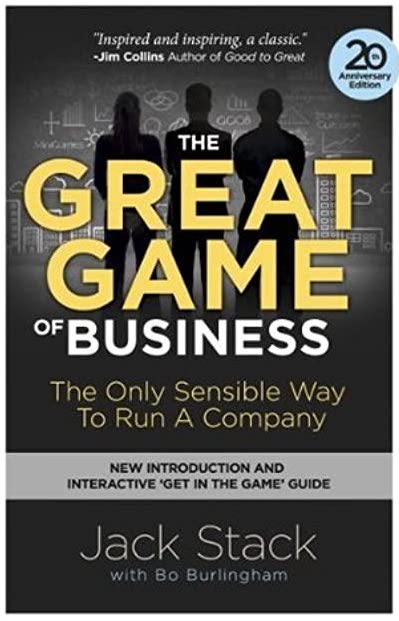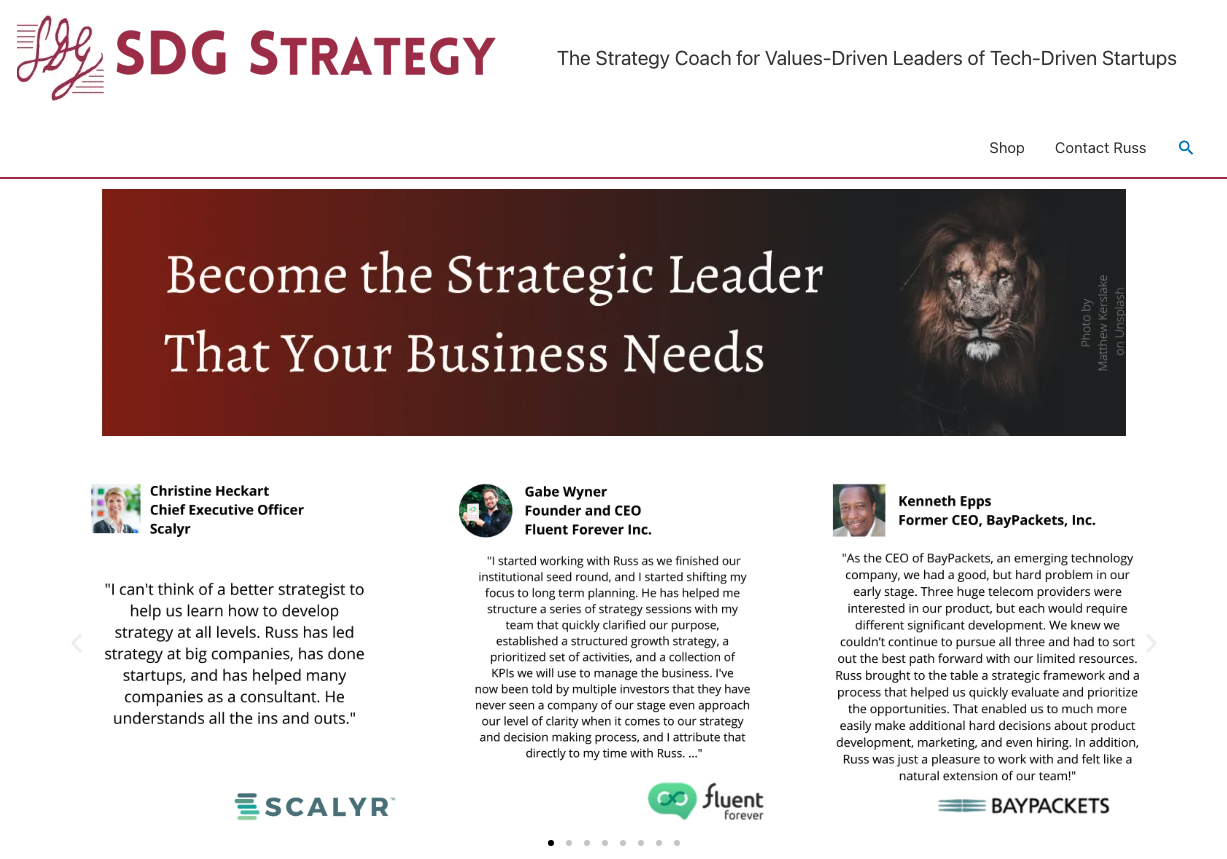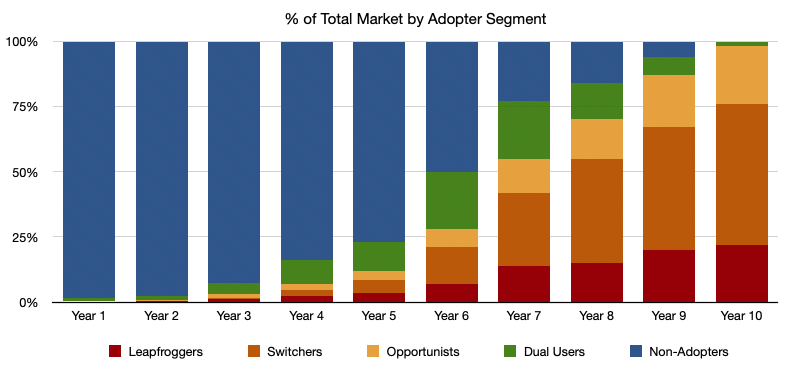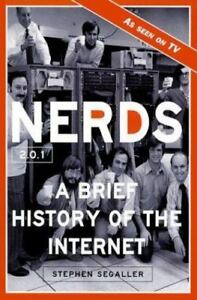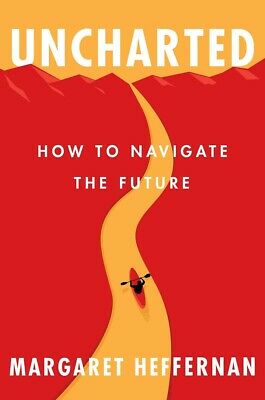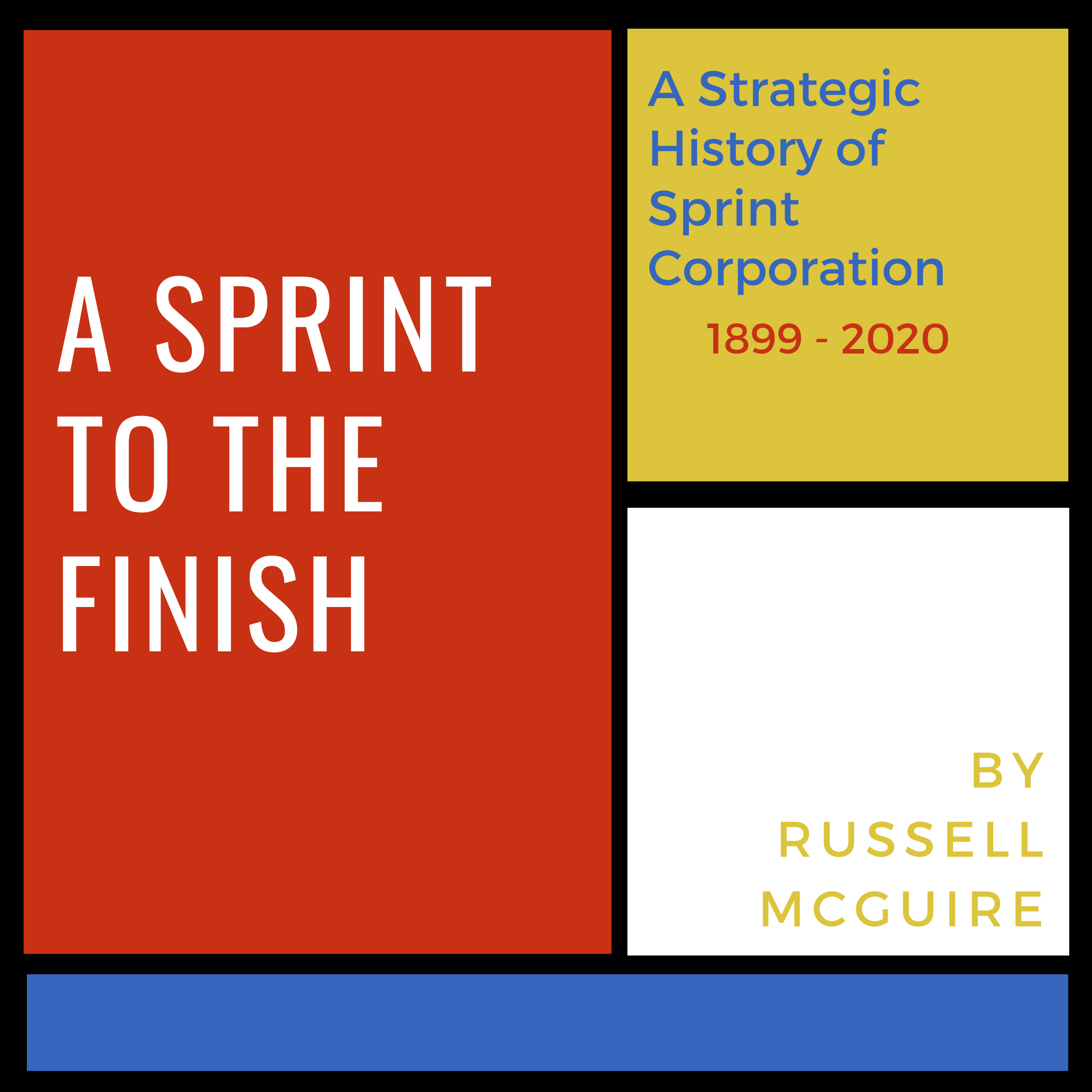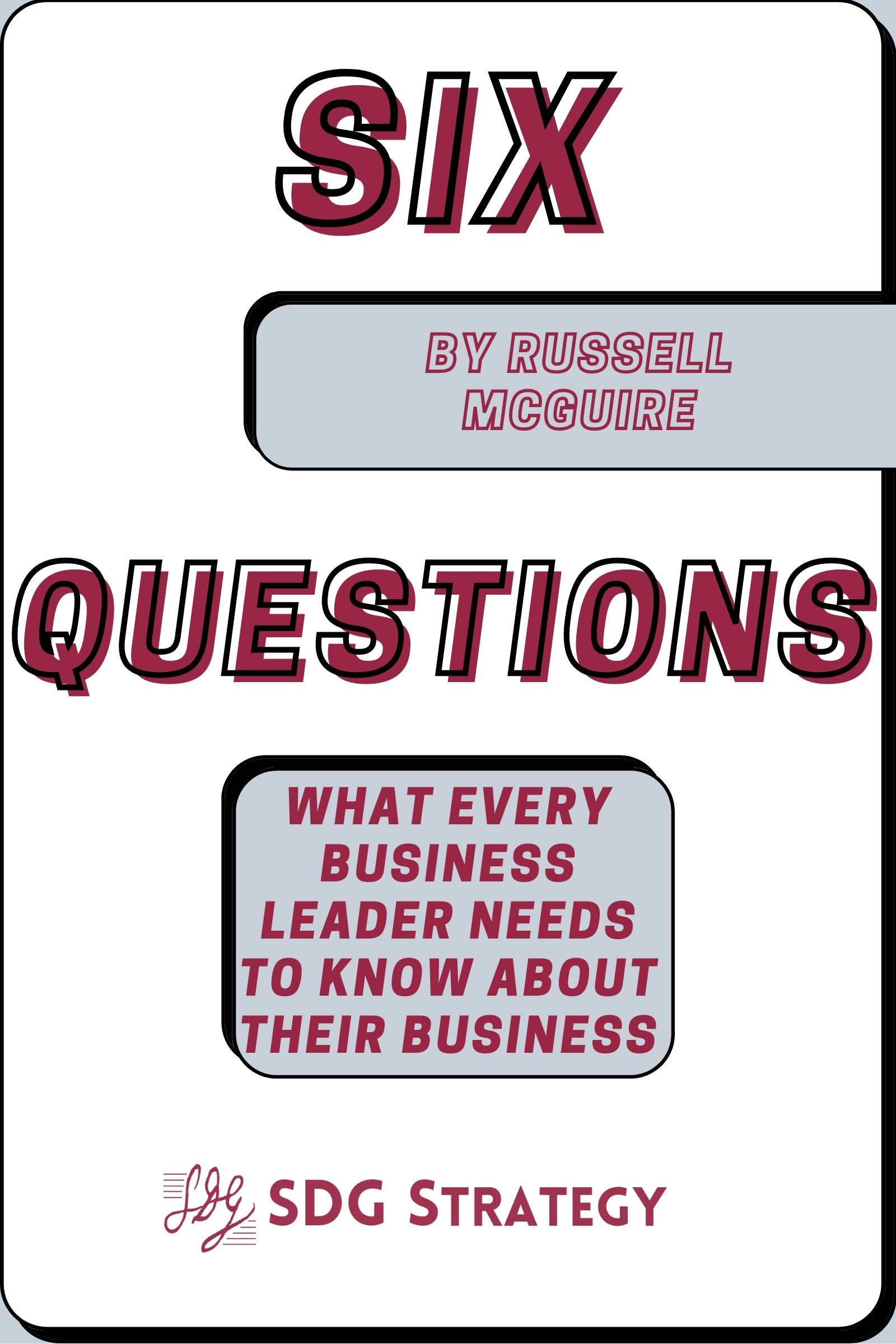Book Brief: The Great Game of Business
The Great Game of Business is an enjoyable book with ideas that any manager can implement to some extent. And for the subset of businesses that look a lot like Springfield Remanufacturing Corp., the entire Great Game of Business model could drive impressive results.
My biggest issue with the book, though, is with its focus on managing a business entirely based on the financials. I appreciate the authors’ argument that if a company isn’t making money and generating cash, nothing else matters, but I still think, at least in many industries, focusing on strategy and differentiation is much more important than the authors are willing to acknowledge.
But overall I enjoyed the book. I liked the authors’ folksy writing style. I felt like I was having a conversation with Jack Stack about his business. I really enjoy reading the stories of businesses as they work through critical moments and The Great Game of Business is full of those stories. I also like frameworks and lists that provide structure to the lessons being shared and that help make those lessons applicable to other companies. There are two main frameworks used in parallel throughout the book: a list of “Higher Laws of Business” and a set of five tools that make up the GGOB model.
Book Brief: The Great Game of Business Read More »

